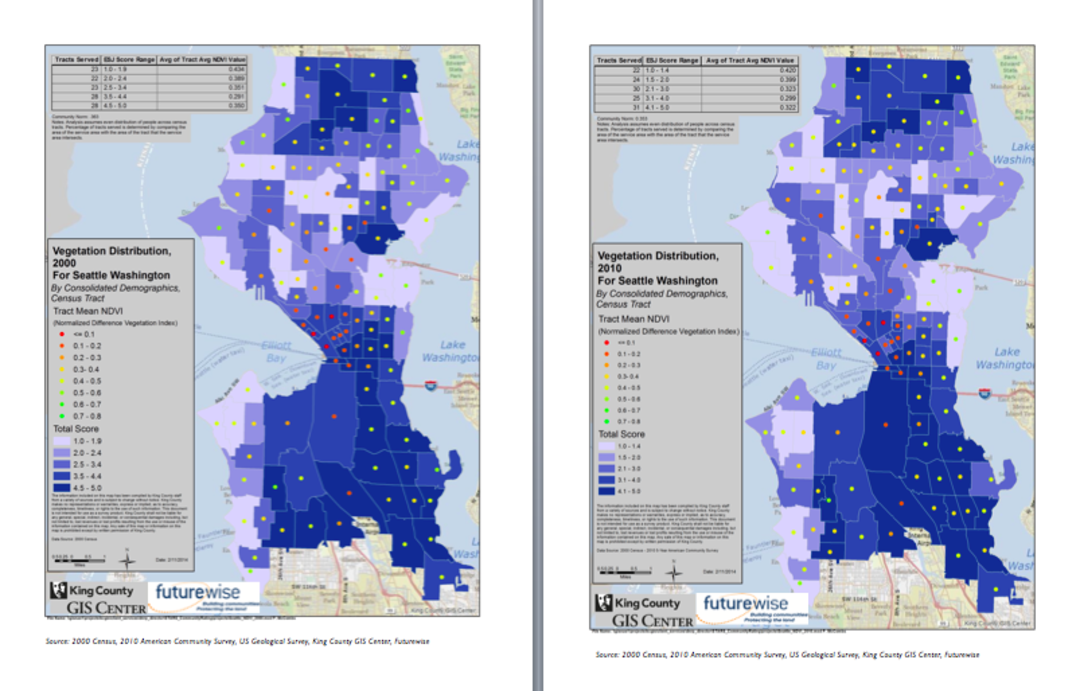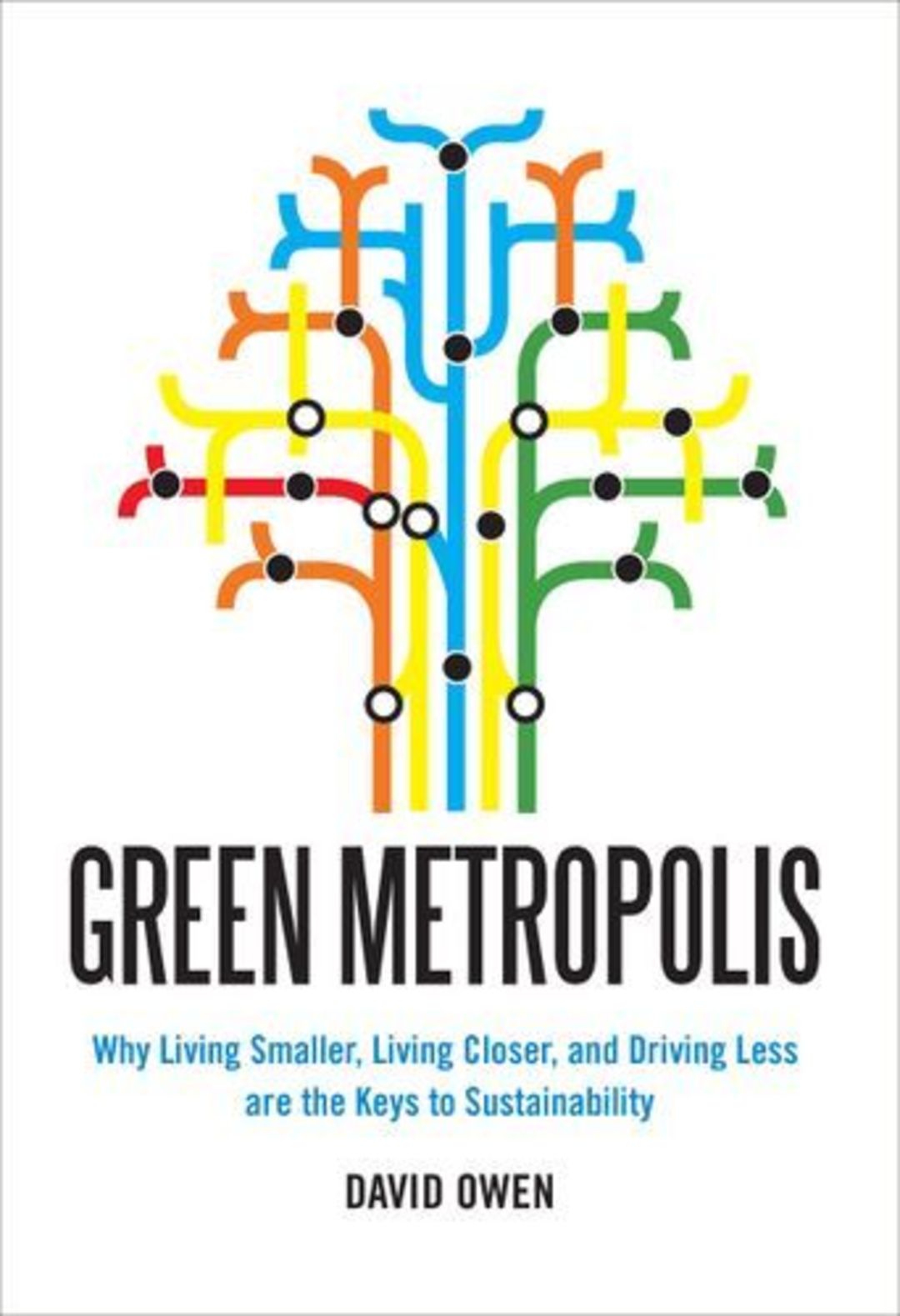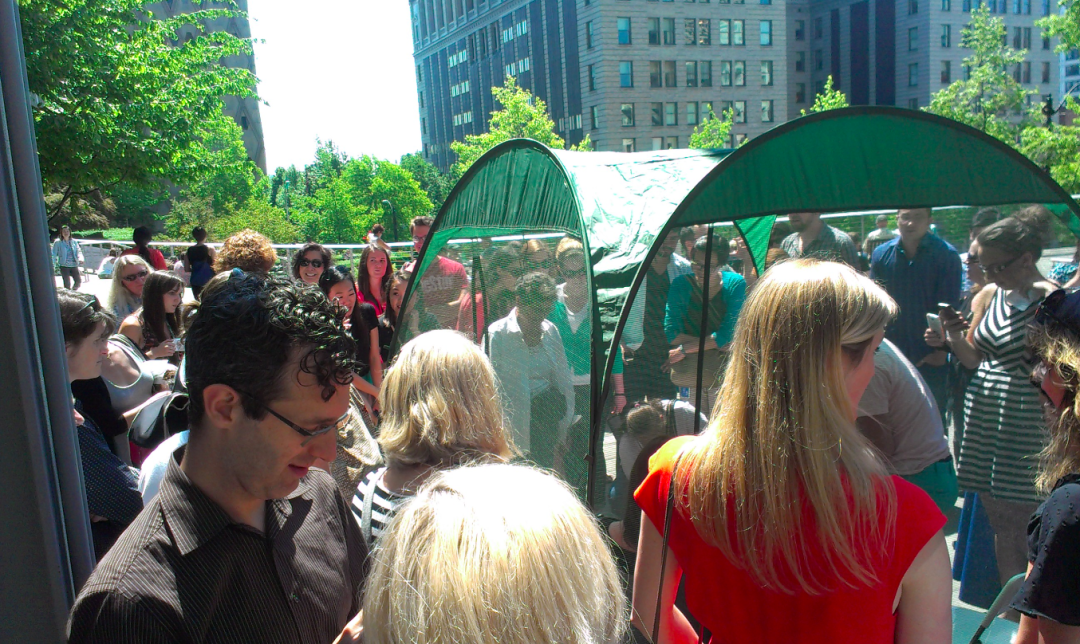Morning Fizz: Not Part of Its World View

1. The fundraising numbers are in for U.S. Rep. Suzan DelBene (D-WA, 1) and her rival, GOP hopeful and former Microsoft exec Pedro Celis. And DelBene (who hasn't contributed any of her own wealth so far) is lapping Celis.
DelBene raised $475,000 in the most recent quarter, bringing her total to $1.7 million with $1.2 million cash in the bank.
Celis raised $208,000, bringing his total to $405,000 with $206,000 cash on hand. With another $30,000 of his own money reported in the latest totals, Celis (along with his wife) has contributed a total of $65,000 to the race.
(DelBene has a personal net worth of at least $23.9 million and has contributed $4.5 million of her own money into her two previous runs for Congress—losing to U.S. Rep. Dave Reichert, R-WA, 8, in 2010 and then winning the open newly drawn 1st District in 2012.)
2. Speaking of finance reports: The latest financial disclosure reports at city hall show that Mayor Ed Murray spent $635.38 from his office fund—paid for by supporter contributions—on "reading materials."
We don't know if Murray has been giving his staff reading assignments, or giving books as gifts to colleagues, or just feeding his own bibliophile fix (Murray's a voracious reader and oftentimes forces his latest book into speeches, like he did with the national bestseller The Boys in the Boat, about the 1936 UW rowing team, during his $15 minimum wage speech.) We've got a request in to find out exactly what the books bill is for and perhaps what's on the mayor's nightstand.
But we do know how the bill broke down: He spent $338.38 at indie-book killer but local economy booster Amazon.com, and the rest, $297, at indie-book champion and local economy booster Elliott Bay Book Company.
UPDATE: Murray press secretary Megan Coppersmith says the money was used to purchase multiple copies of four books for his staff: Edward Glaeser's Triumph of the City, William Bridges' Managing Transitions: Making the Most of Change, Pedestrian Chronicles favorite , Bruce Katz and Jennifer Bradley's Metropolitan Revolution, and, yes, Daniel James Brown's The Boys in the Boat.
Coppersmith says the entire $297 Elliott Bay expenditure was for copies of The Boys in the Boat.
3. In a Seattle Times poll yesterday asking their readers how they plan to deal with the temporary I-90 closure, the paper provided the following six options—"Take the long way around Lake Washington; Bite the bullet and pay to cross the 520 floating bridge; Carpool; Telecommute; Take the week off; Just sit in the traffic jam"—neglecting to note one obvious option: the bus.

It's no surprise the Times came out against last April's bus funding measure. The bus just isn't part of the paper's world view, evidently.
We'd recommend it for the delays. Taking the bus is perfect for getting some work done rather than staring at the bumper in front of you.
4. Last week, we reported that Futurewise Executive Director Hilary Franz said her smart-growth nonprofit was coming out with a study of "community conditions" that crunches data on access to amenities such as education, health care, grocery stores, transit, and parks in different Seattle neighborhoods; no surprise, the report shows glaring disparities between high and low-income neighborhoods.
The stat she previewed during her talk was about tree canopy—the measure of tree cover in Seattle: Tree canopy has declined three percent in the last decade in Seattle overall, Franz said, but decreased eight percent in lower-income neighborhoods.
The disparity is definitely troubling—trees gobble up CO2, reduce stormwater runoff, and calm traffic—but it was the three percent number that really caught our attention. We've been trying to lock down the state of Seattle's tree cover lately; development urbanists and tree canopy advocates are currently in a low-level, but symbolically fraught war over the numbers. (The city actually says tree canopy has increased a little over five percent in the last decade.)
It turns out the Futurewise numbers are based on an infrared technology known as Normalized Difference Vegetation Index (NDVI) which measures all flora—grass, bushes, plants, and trees—not just tree canopy:

All vegetation, not just trees, is important—both to low-income communities and as a metric in the standoff between slow growthers and urbanists like Fizz. (Note to urbansits who scoff at tree canopy numbers: Remember, our trendy 21st Century philosopy is referred to as Green Urbanism. That mass transit system is in the shape of a tree, no?)

5. We couldn't figure out much of angle on yesterday's "Kitty Hall" day (a publicity stunt for Seattle Animal Shelter to promote foster care for cats)—but judging from Twitter, TV news, and turnout, it was Mayor Murray's crowning achievement; SAS set up tents in City Hall Plaza where foster cats were on display.

However, the PI.com's Joel Connelly found an angle. In his mind, the cat event was an opportunity to fret about PubliCola. He wrote: "Murray could have likened his job of assembling coalitions in Seattle to herding cats, or feminist hectoring in PubliCola to sounds heard when taking your cat to get it fixed."
MEOW!
6. It's everybody's favorite time of year: Comp plan amendment time!
That's the time of year when the city council considers citizen-proposed amendments to its comprehensive plan, the plan that guides development, job creation, transportation, and other capital investments throughout the city. That's right: Regular citizens—you, me, and everyone we know—have the right to propose amendments to the comp plan, and the city council has to consider them.
(These amendments shouldn't be confused with the massive comp plan overhaul, known as Seattle 2035, that's currently underway—though they are being considered in conjunction with that much larger plan.)
Yesterday, the city's planning committee considered 11 citizen-proposed amendments for the "docket" for further analysis and possible inclusion in the plan. They rejected six of them—including two perennial proposals from neighborhood activist Chris Leman (one to restrict skybridges, one to add a new "open and participatory government" element to the plan), one that would change a pier in the Duwamish Manufacturing/Industrial Center ("Pier 1") from industrial to commercial/mixed use zoning, and one that would severely limit where "congregate housing," which is similar to microhousing (AKA aPodments), can be located.
Much, much more on the proposed amendments, including the five amendments the council is likely to consider (most of which involve upzones or rezones of single parcels, including the King County Justice Center) on the committee's web site.
